NEW YORK—The NYPD Transit Bureau, which patrols the New York City subway system, added 243 new officers in late January, highlighting the importance of transit safety by the police commissioner.
Even with the additional officers, however, police cannot be at every station all the time. “We would like to be,” Inspector Jason Wilcox said at a Permanent Citizens Advisory Committee (PCAC) meeting on Thursday. “We have our resources and try to manage them and utilize them to their full potential. I think we do a very good job patrolling a very vast transit system.”
Newly appointed Chief of the NYPD Transit Bureau Joseph Fox joined Wilcox for an introduction to the PCAC and to discuss the most effective ways to fix the lack of police presence. Technological advances in surveillance could be the answer both agencies have been looking for.
Currently Time Square and Penn stations have a high-tech digital surveillance system that is monitored 24-hours a day. When a problem is reported, the task force monitoring the cameras can see what is happening in real time. Commanders can take action quickly and more efficiently.
“Last year was the first full calendar year we had them, and it was a tremendous asset,” Wilcox said. He added the Transit Bureau hopes to expand to other stations this year.
PCAC Executive Committee member Andrew Albert believes the new surveillance systems are a reason crime is down at those stations. He hopes the Transit Bureau will lean on the MTA to look at the help point intercoms (HPI).
The HPI, a pilot program installed in select stations, allows customers to instantly get in touch with Rail Control Center or station booths for assistance, and has an option for a camera. Albert said he was shown at a demonstration how effective the cameras, if installed, could be to look down a platform.
The only issue holding back the installation of cameras is money. “Money shouldn’t be the thing that decides what keeps you safe,” Albert said.
When Chief Fox was pressed on the issue of installing cameras on Thursday, he said, “The more technology and cameras are available, the better. But it would not be appropriate for me to comment on MTA policy or encourage them one way or the other.”
Despite Fox not being able to take a position on the cameras due to a conflict of interest, Albert feels the working relationship between the PCAC and the Transit Bureau is positive. “If we find a place that seems to be a problem, they pay attention to it,” Albert said.
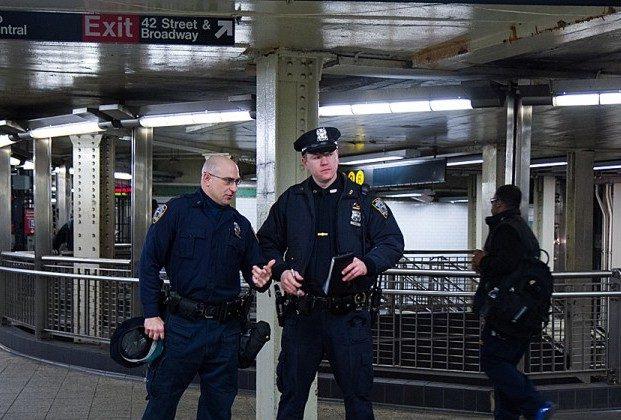

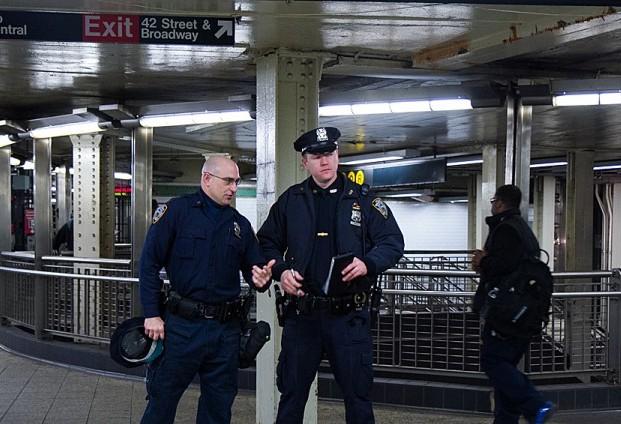
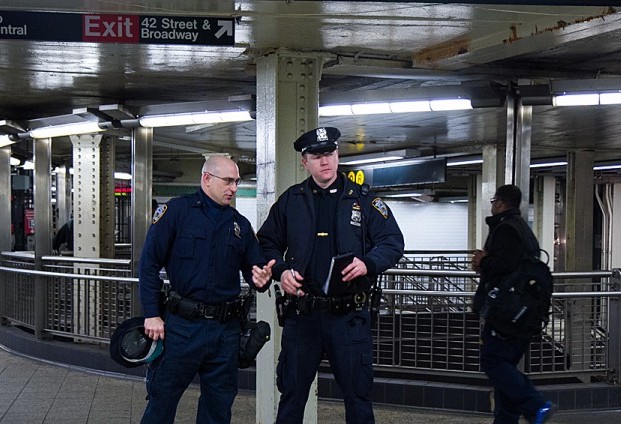

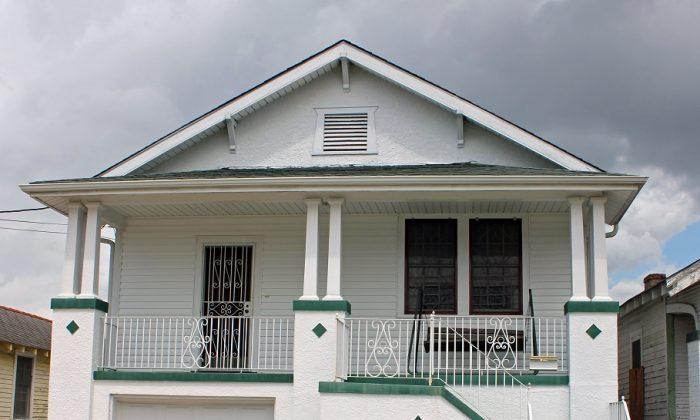

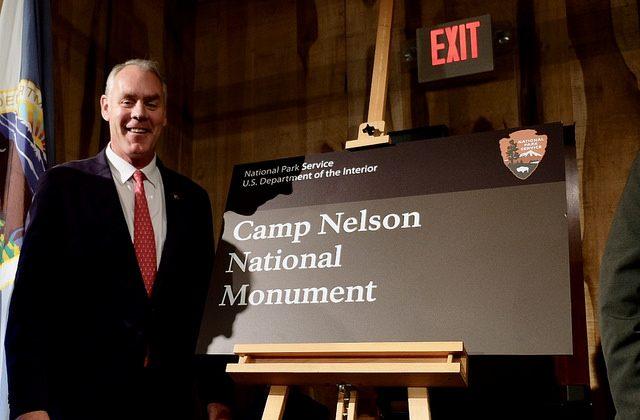
Friends Read Free